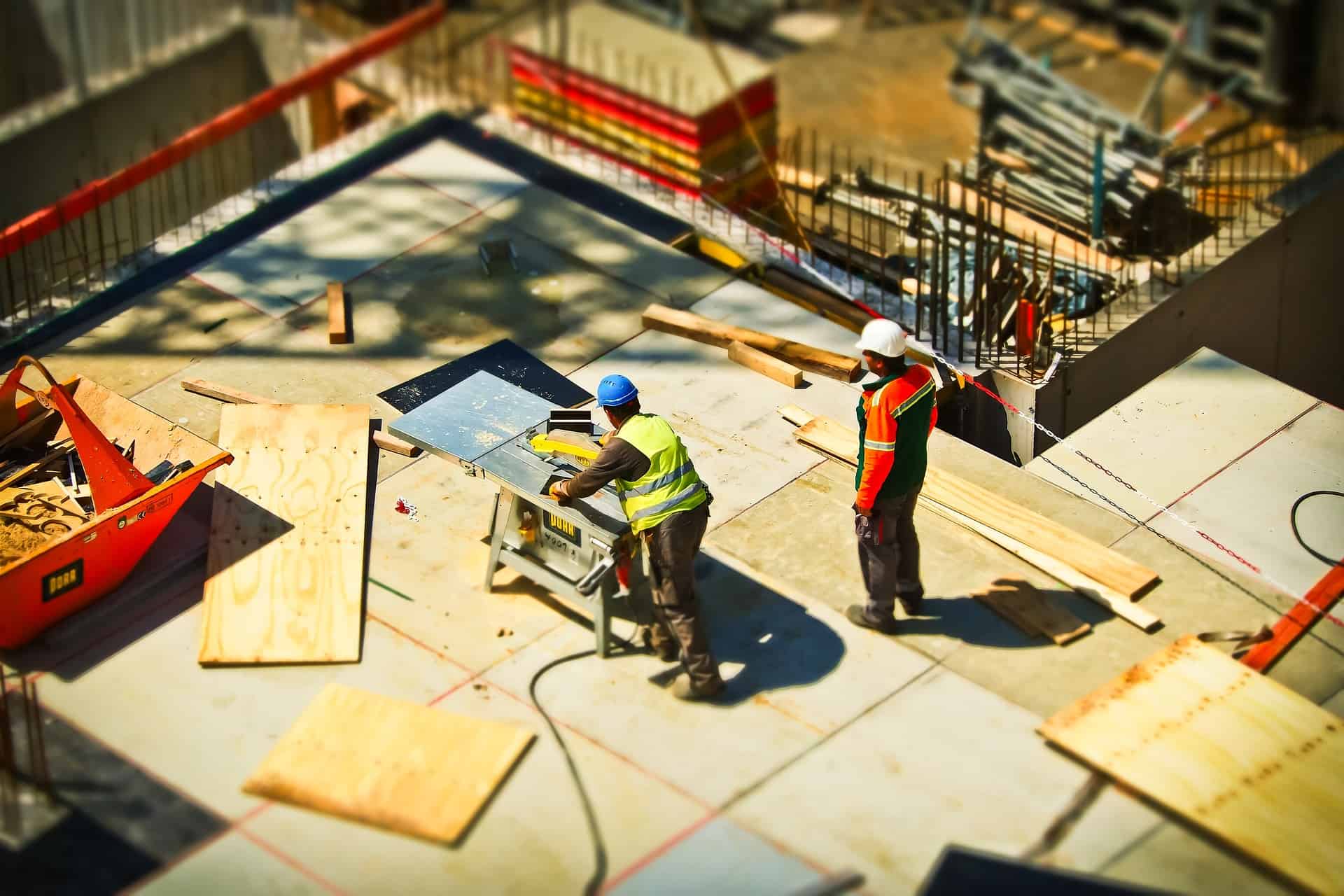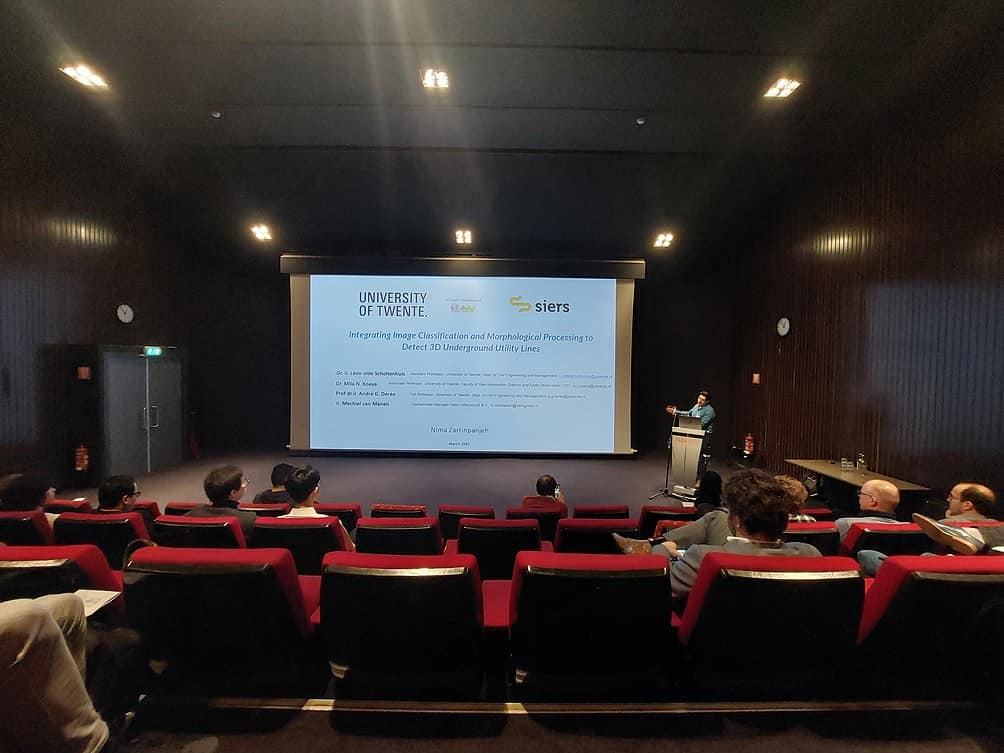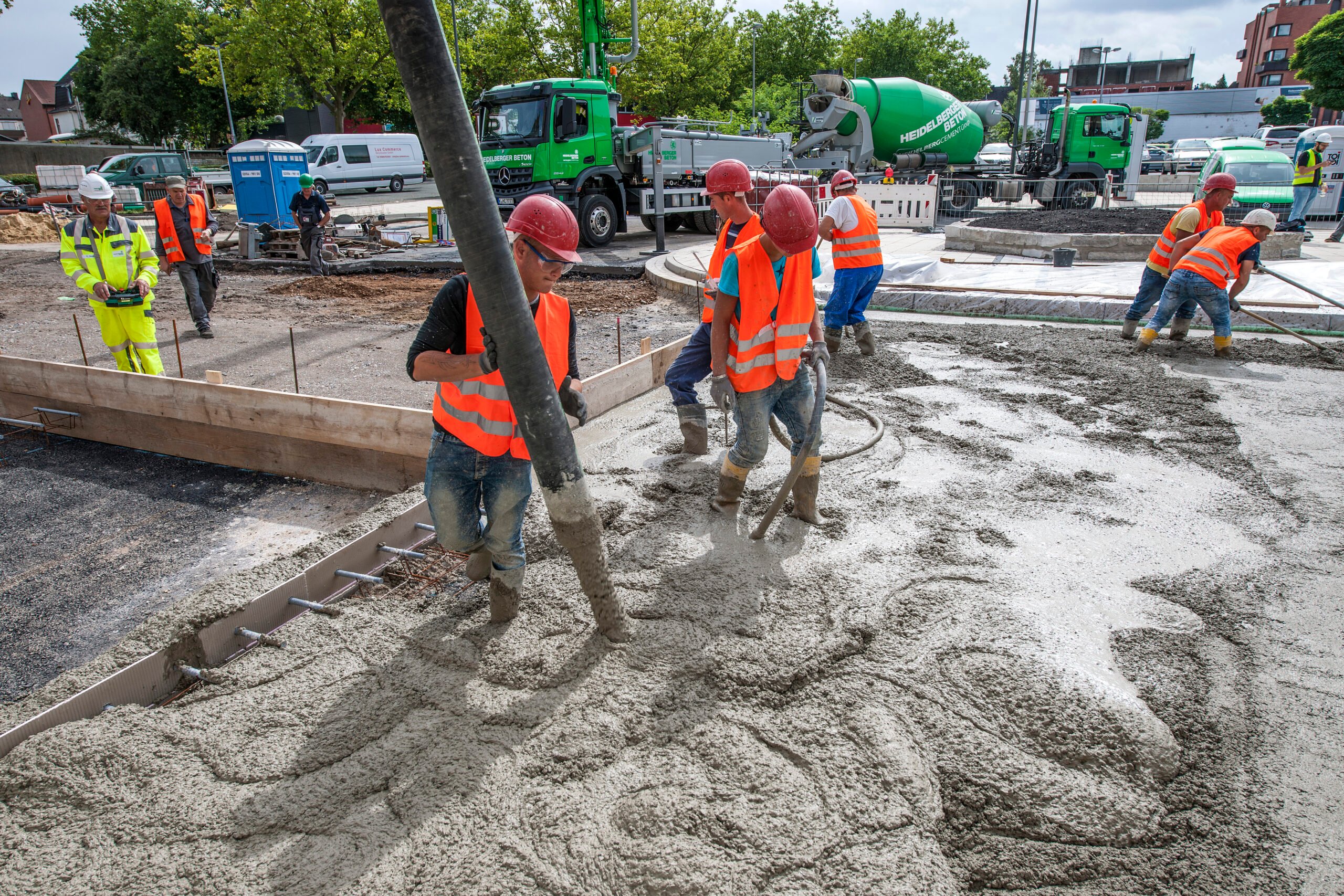
Imagine this: you will renovate your house and make plans about the exact design. A quick scan shows you which materials you can still reuse. That saves money and contributes to sustainability and circularity. You can also use an online tool to see which forms of sustainable energy best suit your house and your consumption. Once you live in your renovated, sustainable home, a digital assistant will help you use your sustainably generated power as efficiently as possible. It may sound futuristic, but many of these aspects are already happening.
The scenario outlined above is enabled by various digital technologies. This reflects research and development projects that are currently being researched and implemented at universities and universities of applied sciences. After all, construction faces enormous challenges when it comes to sustainability. The sector is responsible for 50 percent of raw material consumption and 35 percent of all waste. Furthermore, the buildings and buildings construction sectors are responsible for 30 percent of total global final energy consumption and for one-third of the greenhouse gas emissions. At the same time, more and more knowledge and, thus, opportunities for collecting and using data are emerging. The data originates from Building Management Systems (BMS) or Internet of Things (IoT) devices, for example. Using this data and emerging technologies can be the key to more sustainable construction and, therefore, greener, and more circular buildings, cities, and urban areas.
About this series
Together with 4TU.Built Environment, we at Innovation Origins are working on a series of articles about innovation in construction. In the coming months, we will explore and answer the most interesting and urgent questions around important construction themes. The cooperation between the four technical universities in the Netherlands and all partners plays an important role in this.
Here you find more stories in this series
Technology as support
“We want to reduce the impact of construction and the built environment on the climate and the environment. Digitization is a promising way to do this as it can provide us with both valuable insights into how the built environment performs and the means to improve its performance. That is why so much research is being done on it,” says Ekaterina Petrova, Professor of Artificial Intelligence in Construction at Eindhoven University of Technology (TU/e). Artificial Intelligence (AI) and Digital Twins (digital models of the world, ed.) offer endless possibilities. Although the technology is not an end goal in itself, Petrova emphasizes. “The goal is not for technology to completely take over human decisions. It is a support, a means to achieve larger goals.”
Nor can we change the world with scientific research alone. Cooperation is needed between universities and between universities and industry partners. That is why 4TU.Built Environment, a collaboration between the faculties of the built environment of the four technical universities in the Netherlands, has set up a team around digitization. In this so-called Domein Aanjaag Team (DAT) Digitalization, the four universities and fourteen universities of applied sciences are working together on a long-term vision and action plan for (fundamental) research in the construction sector. They organized a research day, including demonstrations and research presentations, to help each other and further reflect on existing and new projects. There was a lot of focus on the work of young researchers such as master and PhD students. “We want to enthuse them and show them that there is a community they can lean on,” said the assistant professor.

Importance of the network
Petrova: “In science, nothing happens in isolation. A single study does not yet have an impact. To make a real impact, cooperation is essential. We always build on what others have already done and exchange knowledge. We are building a strong network around digitization in construction.”
In addition to the scientific side, industry involvement is also essential. “We as scientists can have good concepts, but ultimately we also need to implement these concepts on a large scale in society to make a difference,” Petrova said. For that implementation, strong ties with industry and policymakers are essential. “In our industry, there is a lot of fragmentation. We are often dealing with all kinds of different stakeholders whom all have their agendas and interests. There is a big gap between the status of the industry and the opportunities offered by science. We are trying to bridge that gap.” 4TU.Built Environment is also part of the TKI Construction and Engineering ecosystem in which many construction companies, trade associations, and knowledge institutions work together.
Building a new road
That is tentatively succeeding. For example, the professor sees data modeling increasingly being implemented in construction. “Digitization is slowly finding its way into construction. Companies and other involved organizations know that something has to change in construction regarding sustainability and circularity, and they also increasingly see the potential of digitization.” But, according to Petrova, not all opportunities are exploited by a long shot.
Technological developments such as Digital Twins, applied AI and robotics can enormously impact the future. This was again evident during the research day of 4TU.Built Environment. These technologies can make a difference for homeowners or residents, for example, when it comes to the efficient use of renewable energy. Digitalization can also be a godsend on a larger scale for municipalities, among others.

Digital Twins
For example, one of the researchers presented a Digital Twin of the entire road network during the research day to better map and manage maintenance. Researchers also devised a plan to create a Digital Twin of all cables and pipes in the ground. That would make planning work much easier for construction companies and municipalities. Another group devised a Digital Twin to monitor groundwater levels. This is very useful in the event of high water but also drought. If the groundwater level drops, the roots of trees, for example, must go deeper into the ground to find water. This can cause the roots to destroy pipes and cables in the soil. A digital twin makes it easy to keep track of all this.
In addition to the digital twins, there was plenty of room for other aspects of digitization. For example, a research group worked on robots that can not only work in a factory but also actually on a construction site.
Digitalization can make a difference both at the building and urban levels (the built environment). Petrova sees data and technology as ways to increase occupant comfort, health, and productivity. “We are always trying to improve the quality, productivity, comfort, health, and well-being of building users or residents of a city. In addition, the goal is often also to reduce the negative impact on the environment by reducing emissions.”

